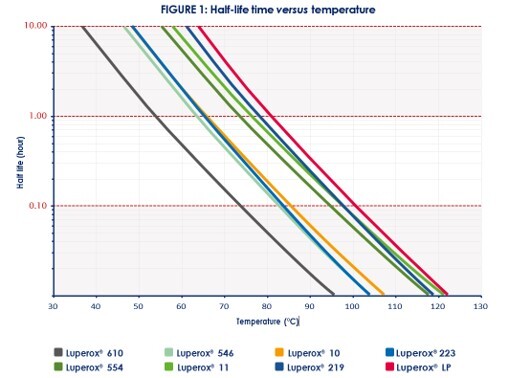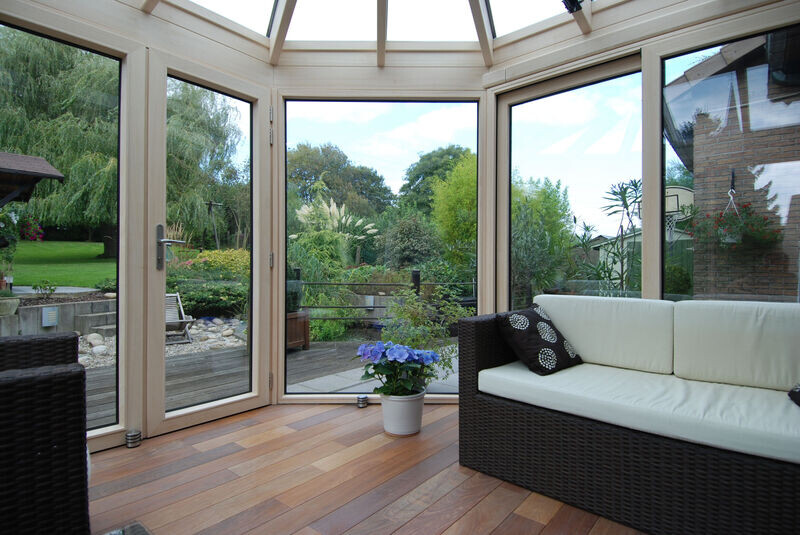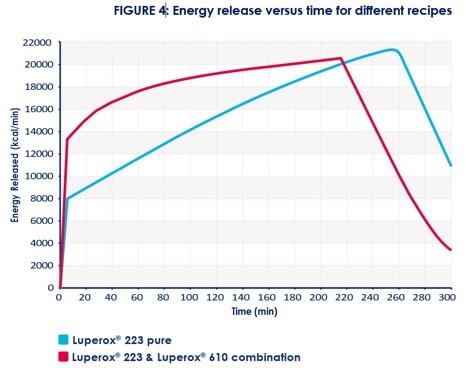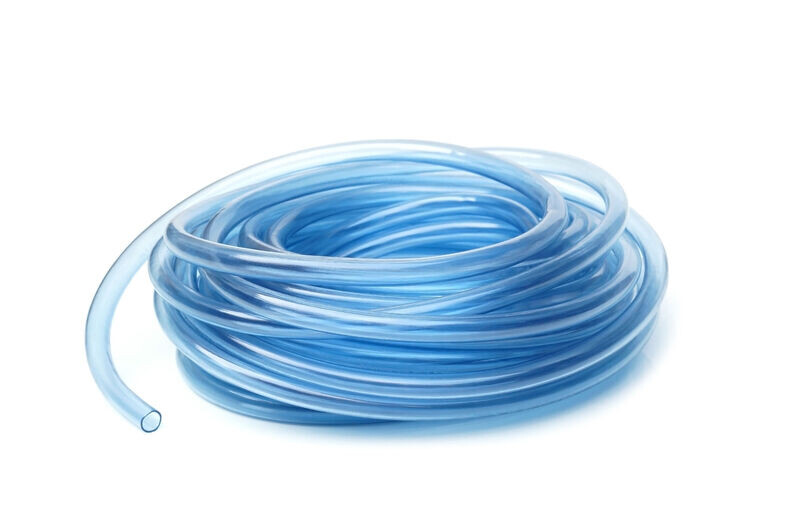POLYVYNILCHLORIDE

VCM polymerization is generally obtained with one peroxide or a combination of peroxides selected initially on their decomposition rate, see figure 1.
The choice of peroxide is driven by targeted K-value (rigid or flexible PVC), see figure 2 which is linked to the polymerization temperature. Arkema offers a wide range of organic peroxide suitable for PVC production under the trade name Luperox®. Most Luperox® are liquid organic peroxides and are available in hydrocarbon solution or water-based emulsion. Luperox® LP comes in flakes or as water suspension.
Beside polymerization temperature, also the desired PVC resin quality orientates the choice of initiators. Peroxyester, like Luperox® 10 or Luperox® 546 give a better color compared to peroxydicarbonates like Luperox® 223 or Luperox® 225. Within the peroxyester family, the tert-amyl versions are more selective than tert-butyl peroxyesters. That explains why Luperox® 546 and Luperox® 554 are used over Luperox® 10 and Luperox® 11 when low color resins are made.
FIGURE 2: K-values and associated peroxides
|
Organic Peroxide |
Chemical name |
K Value |
|---|---|---|
|
Luperox® 610 |
3-hydroxy-1,1-dimethylbutylperoxyneodecanoate |
≥ 65 |
|
Luperox® 188 |
α-Cumyl peroxyneodecanoate |
≥ 65 |
|
Luperox® 546 |
tert-amyl peroxyneodecanoate |
57-70 |
|
Luperox® 10 |
tert-butyl peroxyneodecanoate |
57-70 |
|
Luperox® 225 |
di-(sec-butyl)ethyl peroxydicarbonate |
57-70 |
|
Luperox® 223 |
di-2ethylhexyl peroxydicarbonate |
57-70 |
|
Luperox® 11 |
tert-butyl peroxypivalate |
≥ 62 |
|
Luperox® 554 |
tert-amyl peroxypivalate |
≥ 62 |
|
Luperox® 219 |
di-3,5,5-trimethylhexanoyl peroxide |
≥ 60 |
|
Luperox® LP |
dilauroyl peroxide (diacylperoxide) |
≥ 60 |
Emulsions of peroxides
Emulsions of organic peroxides have a significant safety advantage over hydrocarbon solution.
The water present in the emulsion absorbs the heat caused by uncontrolled decomposition of the organic peroxide. This limits the temperature increase and thus ignition. This is exemplified by the rapid heat test, see figure 3.
The temperature increase of an organic peroxide diluted in a classical solvent is much higher than an emulsion.
Arkema is producing a complete range of organic peroxides as an emulsion. All emulsions are available in drums or IBC’s.
The main advantages of using emulsions are related to:
- Quality: A very good dispersion of peroxide in the reactor with less risk of fish-eyes, providing a better color and lower VOC in final resin as no solvent is used. All Arkema’s emulsions are suitable for food application according to European Regulation.
- Productivity: Already dispersed in tiny droplets, this organic peroxide can speed up the reaction and offers significant time and productivity gains versus solvent-based organic peroxide.
- Environment: No residual solvent in wastewater.
- Safety: effects of decomposition are limited.
- Handling: Emulsions are available in many packaging sizes: 25 kg, 900 kg IBCs as well as semi-connected IBC (up to 8 tons) for easier transportation and storage
Arkema has specifically developed a complete range of methanol free emulsions with a better HSE profile like Luperox® 610EN50MF, Luperox® 223EN60MF, Luperox® 219EN50MF, Luperox® 11MEN45MF. The Luperox® emulsions have the lowest viscosity on the market bringing advantage for transportation and application.
Optimization of PVC production

PVC Software: the tool to optimize productivity and performance
Arkema can reduce the time necessary for optimization of the initiator system using a PVC software tool. The software predicts the kinetics of a new type or quantity of organic peroxide, thus helping to shorten polymerization cycle. Based on current polymerization conditions, Arkema proposes a new improved initiator recipe, see figure 4.
Luperox® 610: productivity increase for K-values 62-70
Highly active initiator as Luperox® 610 are often used for productivity increase and to achieve high K-values at low temperatures. In combination with other organic peroxides, like Luperox® 223 or Luperox® 10, it is possible to optimize the cooling capability during the polymerization and thus increasing productivity. At the same time the combination reduces the amount of residual initiator at the end of the reaction, improving the resin color.
For K-value 70, a combination Luperox®610 / Luperox®223 can reduce the cycle time up to 30%. This can be achieved without any investment in new reactors or additional cooling capacities.

S-PVC Short-stoppers
Residual peroxides contribute to PVC resin color. Arkema has developed two shortstoppers dedicated to the S-PVC, registered as Luperstop®GH and TermNator® P. Both significantly improve the resin quality.
The main advantages of Luperstop® and TermNator® P are:
- Efficiency: more active than conventional stoppers in quenching damaging radicals.
- Environment: they are food approved in Europe and do not require solvent dilution.
- Handling: they are soluble in water and can be easily pumped.
- Quality: as PVC resin is protected against radical attack, the resin exhibits good whiteness and better thermal properties.

